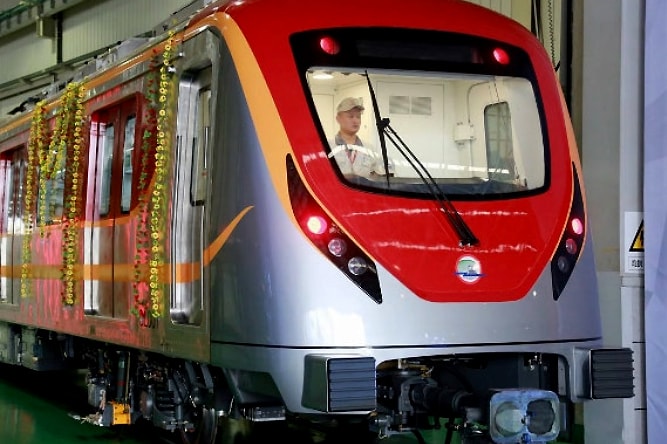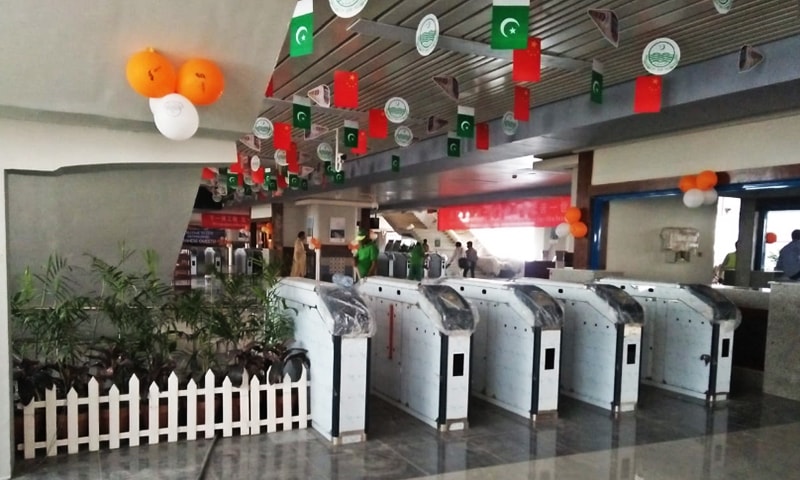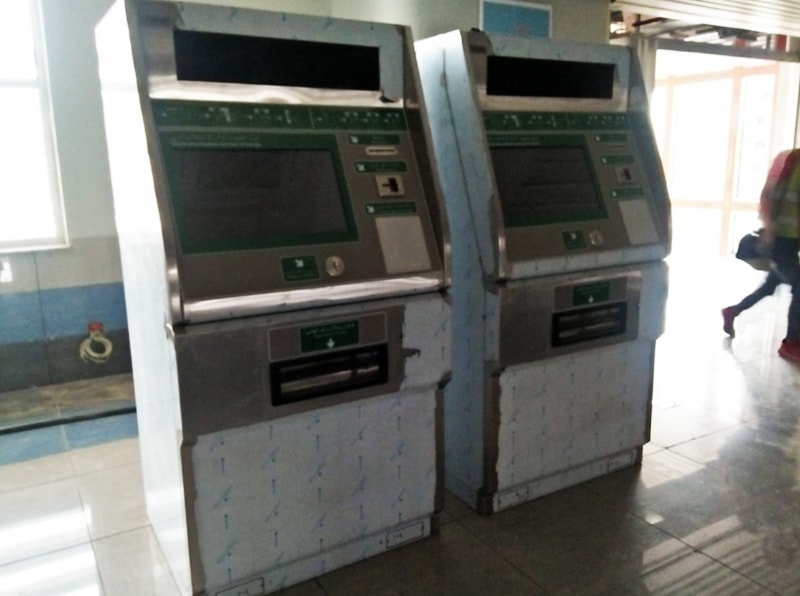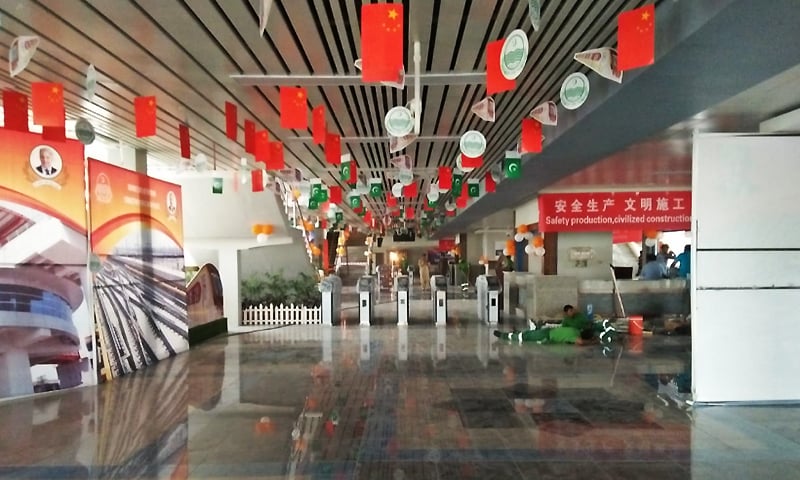Lahore's Orange Line Metro Train conducts trial run
Punjab Chief Minister Shahbaz Sharif on Wednesday inaugurated the first test-run of Lahore's much-awaited Orange Line Metro Train (OLMT).
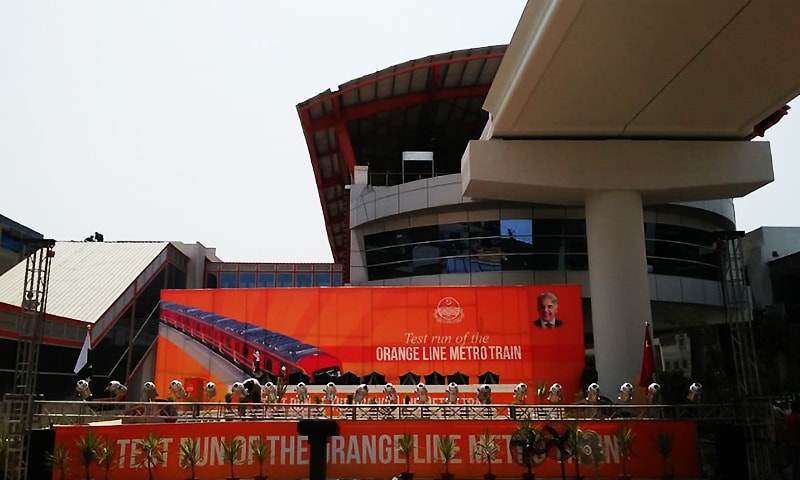
As the ceremony kicked off at Laxmi Chowk, the CM Punjab described the OLMT as a "gift" for citizens, and vowed to introduce such facilities in other parts of the country, including Karachi and Peshawar.
"The OLMT is not just a development project. Rather, it is the manifestation of democratic resolve to serve the common man [sic]," Shahbaz said, according to the Punjab government's Twitter account.
"Teachers, students, common citizens, labourers, and people from all walks of life will benefit from Orange Line Metro Train," he said.

"The OLMT project will transform people’s lives. The project will become the basis of an interaction between different classes of society by creating a sense of equality and ownership in social terms," he asserted.
Initially, the project will facilitate 0.25 million people daily, whereas by 2025, it is expected to facilitate 0.5m people every day.

Under the project, 27 trains — with five bogies each — will travel across the track in 45 minutes, a journey which previously took 2.5 hours, according to the Punjab Government.
The OLMT route begins at Ali Town and ends at the Dera Gujran/Ring Road Interchange. The stops are: Ali Town - Raiwind Road - Thokar Niaz Baig - Multan Road - Chauburji - Lake Road - Ustadullah Bakhsh Road - GPO Chowk - Macleod Road - Nicholson Road - Boharwala Chowk - Sultanpura - GT Road - Dera Gujran/Ring Road Interchange
The CM Punjab, while addressing a gathering after the inauguration, said work on the project would be complete in three months.

So far, 88 per cent construction work and over 70pc of the electrical and mechanical work on the project has been completed.
All the bogies of the train have been imported from China. Each bogie is 20 metres long. Although there are 60 seats per bogie, each can accommodate up to 200 people. Separate seats have been allocated for women, the elderly and differently-abled individuals.

